NATO defense spending could reach $1,100 billion a year
At the 76th NATO Summit held on June 25 in The Hague (Netherlands), under pressure from US President Donald Trump, 32 member countries reached a historic agreement, pledging to gradually increase annual defense spending to the equivalent of 5% of GDP by 2035, instead of the current threshold of 2%.
Thereby, reflecting the consensus of NATO countries in dealing with security threats.
According to the joint statement, at least 3.5% of GDP will be allocated to core defense requirements, while the remaining up to 1.5% of GDP will be reserved for areas such as protecting critical infrastructure, cybersecurity and promoting defense industry innovation.
In 2024, defense spending by NATO countries (excluding the US) will total more than 450 billion USD, significantly lower than the US's 997 billion USD (accounting for about 3.37% of its GDP).
According to data from the Stockholm International Peace Research Institute (SIPRI) and NATO's official report, some countries in the alliance with large defense spending in 2024 include: Germany 88.5 billion USD (1.9% of GDP), the UK 81.8 billion USD (2.33% of GDP), France 64.7 billion USD (2.1% of GDP), Italy 38 billion USD (1.6% of GDP), Poland 38 billion USD (4.2% of GDP), Spain 23.2 billion USD (1.4% of GDP)...
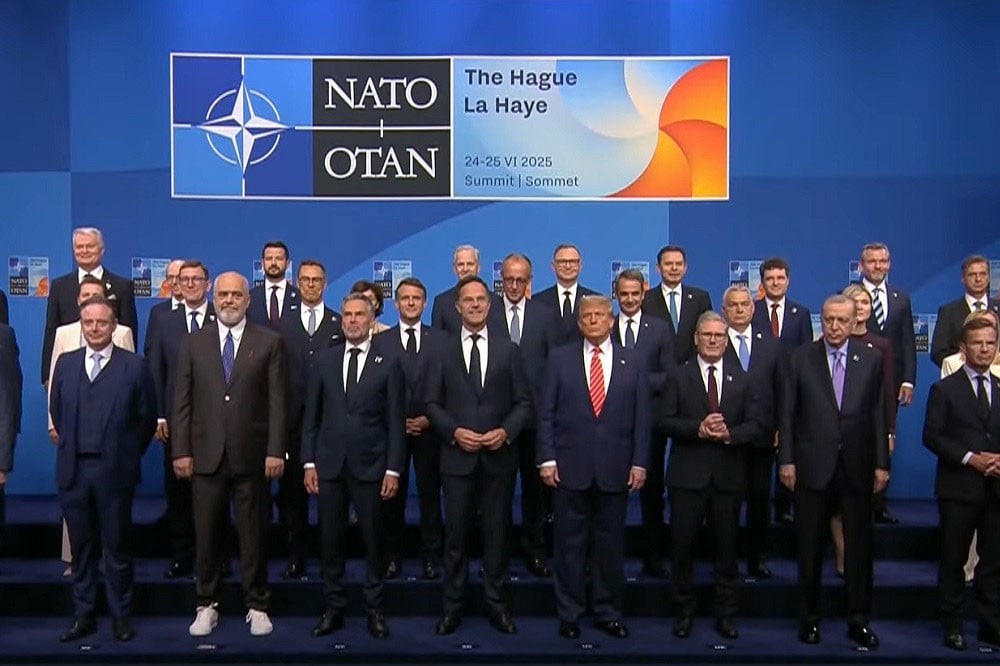
Eastern European countries such as Estonia spending 0.7 billion USD (2.1% of GDP), Lithuania 1.7 billion USD (2.85%)... also showed significant spending, reflecting concerns about security threats in the region.
However, the average defense spending of the 31 NATO countries (excluding the US) is only about 2% of GDP, much lower than the new 5% target.
If NATO countries (excluding the US) achieve the 5% GDP target by 2035, their total defense spending could skyrocket. Assuming that their nominal GDP grows by an average of 2% per year between now and 2035, the combined GDP of the 31 countries (including Canada and European countries) is estimated to reach about $22 trillion in 2035 (based on a total GDP of about $17 trillion in 2024).
At 5% of GDP, these countries' annual defense spending amounts to about $1,100 billion, more than double the $450 billion level in 2024. This figure is almost equivalent to the US defense spending in 2024, showing a significant shift in the alliance's security burden.
Who benefits from this increase?
NATO's commitment to increase defense spending to 5% of GDP is intended to strengthen defense capabilities, but it could also bring economic and geopolitical benefits to some parties, especially the United States. In 2024, US arms exports reached a record $318.7 billion, up 29% from the previous year, of which about $110 billion came from European NATO countries.
Major US arms sales contracts in 2024 include $23 billion for Türkiye's F-16 aircraft, $7.2 billion for Romania's F-35 aircraft, $5 billion for Patriot missile systems for Germany, $2.8 billion for Spain, $2.5 billion for Romania, nearly $2 billion for Greece...
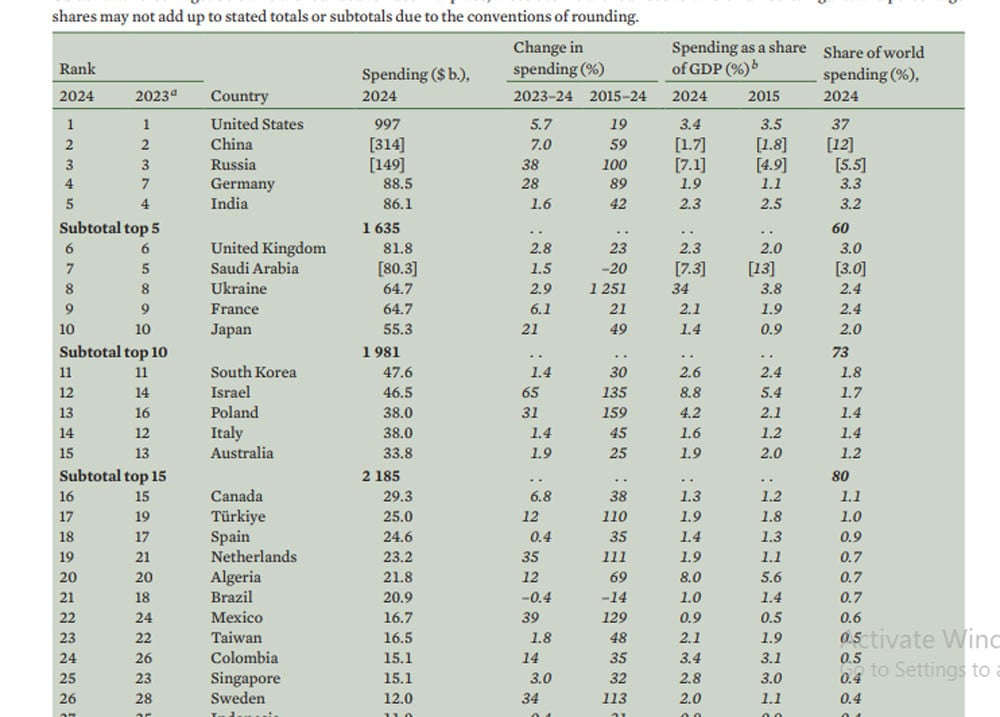
Increased NATO defense spending, especially from European countries, could increase demand for weapons. With a strong defense industry, the US is poised to benefit.
Under pressure from President Donald Trump, European NATO countries are not only increasing their defense budgets but also tending to buy American weapons to meet the alliance's common standards. This can help the US maintain its influence within NATO while reducing the burden of its own defense spending.
If allies increase defense spending, the US can ease pressure, while still maintaining the alliance's deterrence capabilities.
Europe will also benefit from increased defense spending. Countries like Poland, Estonia and Sweden, which strongly support the 5% target, will strengthen their defense capabilities while also boosting their domestic defense industries.
However, countries such as Germany and Italy say the 5% level is difficult to achieve and could put pressure on public budgets, leading to cuts in spending on health and education or increased public debt.
A stronger Europe militarily would likely help the US concentrate its efforts and increase its influence in the Middle East - a very important region in Mr. Trump's new balancing strategy. Large arms contracts with Israel and Gulf countries, and recently technology contracts worth several trillion dollars with three countries: Saudi Arabia, UAE, Qatar... show that the US is consolidating its position in this region.
A stronger NATO, combined with Middle Eastern allies, would create a geopolitical balance, helping the US consolidate its role as a world power against its rivals without increasing military spending at home.
It can be seen that the pressure on NATO countries to commit to increasing defense spending to 5% of GDP is a new victory for Mr. Trump - a strategic turning point, not only strengthening European security but also opening up great economic opportunities for the US. In the context of European countries facing budget pressure, the US not only reduces defense spending but also increases arms exports, strengthening its leadership role in NATO and global influence.
Source: https://vietnamnet.vn/ong-trump-gay-ap-luc-nato-chi-tieu-quoc-phong-gap-doi-ai-huong-loi-2415152.html


![[Photo] Prime Minister Pham Minh Chinh chairs a meeting of the Government Standing Committee on overcoming the consequences of natural disasters after storm No. 11](https://vphoto.vietnam.vn/thumb/1200x675/vietnam/resource/IMAGE/2025/10/09/1759997894015_dsc-0591-jpg.webp)
![[Photo] President Luong Cuong attends the 80th Anniversary of the Traditional Day of Vietnamese Lawyers](https://vphoto.vietnam.vn/thumb/1200x675/vietnam/resource/IMAGE/2025/10/09/1760026998213_ndo_br_1-jpg.webp)
![[Photo] General Secretary To Lam visits Kieng Sang Kindergarten and the classroom named after Uncle Ho](https://vphoto.vietnam.vn/thumb/1200x675/vietnam/resource/IMAGE/2025/10/09/1760023999336_vna-potal-tong-bi-thu-to-lam-tham-truong-mau-giao-kieng-sang-va-lop-hoc-mang-ten-bac-ho-8328675-277-jpg.webp)





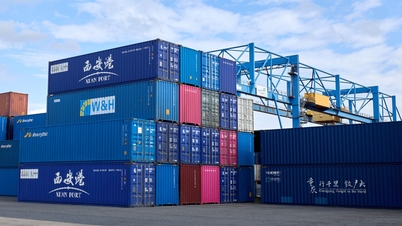
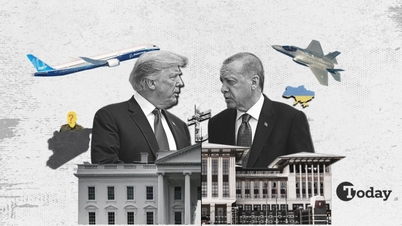

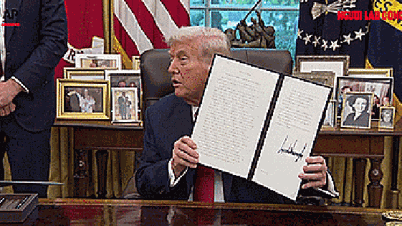























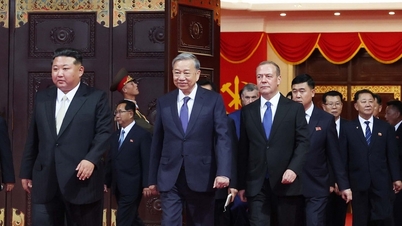


































































Comment (0)